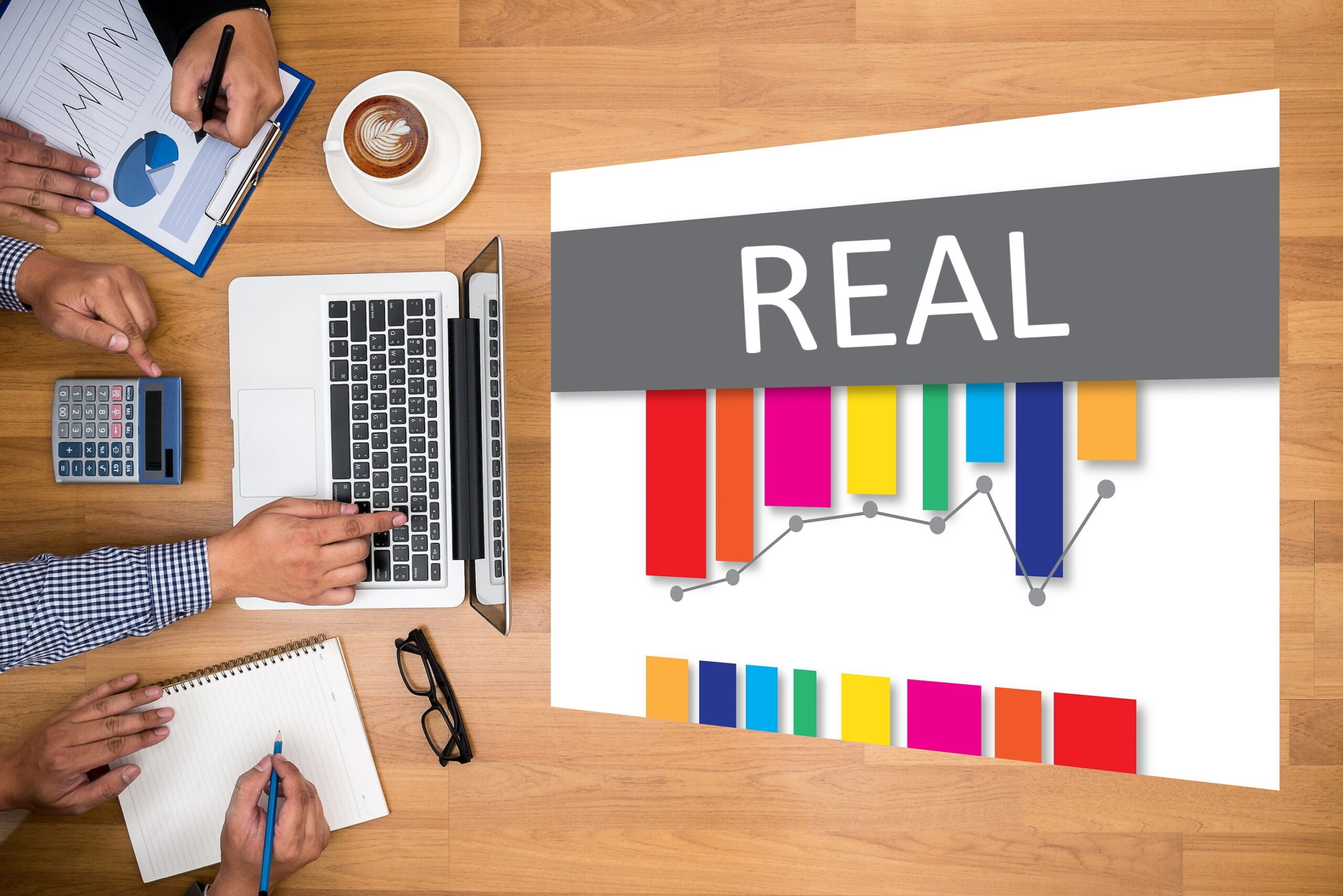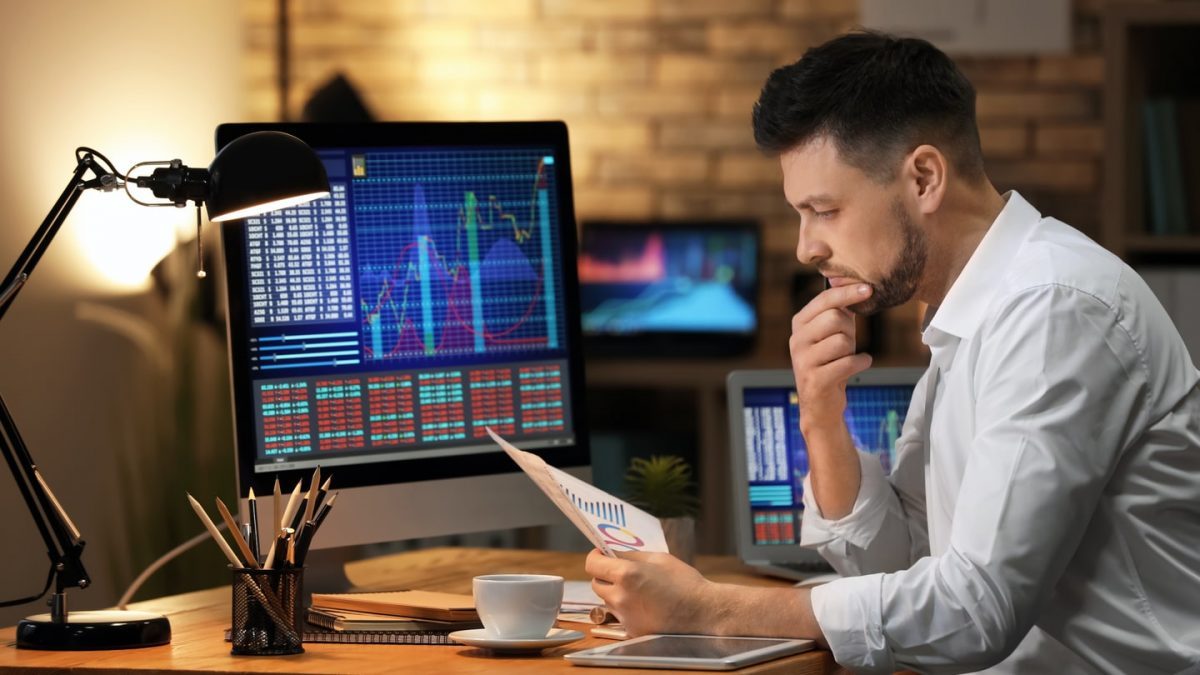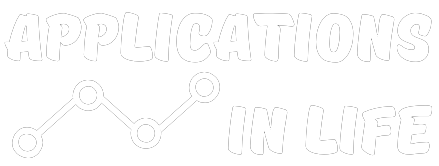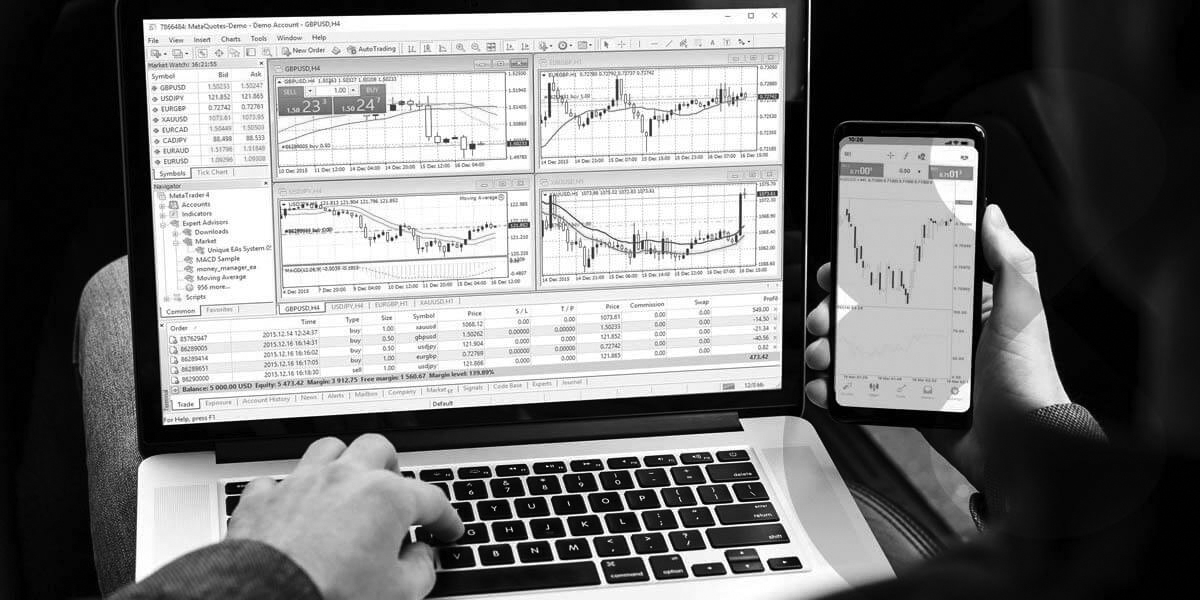This publication aims to help fulfil the mission of “Applications In Life” Fondation to support and develop accessible and understandable financial education by improving financial culture and forward-thinking mentality of the civil society.
You don’t need to spend your own money on Forex right away. Most brokers have demo accounts, which will let you test out the Forex market with virtual money using real market data. Using a demo account is a good way to learn how to trade or test your strategy. You can practice by pressing the buttons and grasp everything much faster.
Advantages and Disadvantages
As we said above, with demo account you can practice your skills without risking real money. Even if you do something wrong, you won’t lose anything. It sounds tempting but there are traps.
First of all, with demo accounts you can use a much bigger amount of money than a trader will use during a real trade. The trader can choose any amount of money for practice. However, most of the people choose more than they will really trade with. They take extra money for wrong decisions. But on the real (live) account, you won’t have money for mistakes. Moreover, with a big account size, the trader doesn’t understand real losses as they are easier recouped by a big capital than by a small one.
Secondly, another important disadvantage (or advantage) of trading with a demo account is the lack of real emotions. It can be described simple by psychology. You do not experience fear, when you have nothing to lose. Not many traders can control their emotions and fear influences their behavior. It doesn’t make much sense to practice your skills when you do not know how you will behave and react in a stressful situation with real money.
How to get a benefit from a demo account, without real profit?
The demo account can be a really useful tool for practice, if you follow several rules:
- Choose the same capital as the one you will have on the real account.
- Try to imagine that the profits and losses are real with real money, that you have on your demo account.
- If you failed to gain profit on a demo account, you sertainly will not be able to do it on the real one, so try to understand the key elements of trading, before you use the real account.

When should use the demo account?
There are situations when you definitely should use first the demo account.
- If you have no idea how to trade on a trading platform. A demo account will help you to learn its features and avoid making basic mistakes with your trades.
- If you want to start using a new trading strategy and want to see whether it works for you. You can use demo account for backtesting of the strategy. You can apply the strategy to the charts and see whether it could have led to profitable trades in the past. After that, you may try the strategy in real time. This, of course, won’t give you 100% guarantee that the strategy is good, but it’s better than nothing.
- If you decided to use an automated trading program, you can test it on the demo account. Trading program is a expert advisor or robot, that is not affected by emotions. It doesn’t matter whether you implement it on real or demo account.
- If you came to the Forex market just to check your skills and play on the exchange rates. If you don’t take trading seriously, it can lead to big losses on the real account. If you see it as it is only game, play it on the demo one.
As a conclusion, we can say that demo account is a good option for practising and training. You can test your strategies without risking real money if they are unprofitable, but you should remember the weaknesses of demo trading.
Real account
If you are feeling ready to trade, using the real account and making real profit with real money, you should know that the amount of money you need to start trading depends on the account type you choose. Different brokers have different types of accounts with different conditions. You have to explore the possibilities of each broker and each type of account before you decide what is the best option for you. For example, to trade on the Cent/Micro account (1 lot = 1000 of a base currency) you will need to deposit at least $5. You can open orders the volume of which starts from 0.01 lots and use decent leverage. If you want to open more than several trades, consider a standard account (1 lot = 100 000 of a base currency) with a 0.5-pip starting floating spread. In some brokers, standard account requires a minimal investment of $100. You have to note, that you can open one account of each type. In order to be able to open up to 8 – 10 accounts of any type, you need to verify your personal area and make sure that the total amount to all accounts in your personal area is $100 or more.

Your deposit determines your position size
The minimum trade size is 0.01 lots per trade, but you should note, that depending from the account type, 1 lot is equal to 1 000 to 100 000 of a base currency. The lot size is a standard contract size in the currency market. It can be equal to 100,000 units (standard account) of a base currency, so 0.01 lots account for 1,000 units of the base currency. Let’s say you buy 0.01 lots of EUR/USD and you are using leverage of 1:1000, you will need $1 as a margin for the trade. If you have opened micro account and deposit $5, your deposit will cover this margin and you will be able to open another 4 trades of this size. For each pip of price movement will either win you or cost you $0.1.
We will consider some good options for a beginner trader with the most common deposit sizes. The examples we bring here are safe and sound from the point of risk management and you should always use proper money management for your trades.

$100 Deposit
No matter how big your deposit is, the amount of risk for a single trade should be below 5%. Let’s do some maths with a 3% risk ($3). If you open trades with 0.01 lots per trade, you can have a Stop Loss of up to 30 pips — this is more than enough for an intraday position. The recommended risk/reward ratio is ⅓, so the potential and recommended profit for this trade will be 90 pips ($9).
$500 Deposit
What if your deposit is more than $100? Let’s say it is $500. Again we will use 3% risk ($15), your trade size can be 0.15 lots. In this case, each pip will gain you or cost you $1.5. With a bigger lot size per trade, you’ll be able to earn money faster! There will be 10 pips for a Stop Loss. If you need a bigger Stop, you have to trade with 0.1 lot: this will make each pip cost $1. Stop Loss will be 15 pips. With 5% risk ($25), you can use a 25 pips SL. The profit in this case (if your Take Profit is 3 times bigger than the SL) will be $75.
$1000 Deposit
Of course, you will be capable to open even bigger trades, if your deposit is $1000. With 1:1000 leverage and the risk of 3% for a trade ($30), will allow you to trade 0.3 lots. With same leverage and the risk of 10% ($100) will allow you to trade 1 lot. In this case, 30 pips of profit will gain you $300. The optimal risk of $30 per trade will allow you to trade 0.1 lots with the SL of 30 pips. The potential profit will be $90.
Another important thing is to remember the Margin Calls and Stop Outs. Margin Call is an allowed margin level of around 40% or lower. Due to the lack of free margin, the company is entitled but not liable to close all open positions of a client. Stop Out is a minimum allowed level of margin of 20% or lower, at which the trading platform will start to close client’s open positions one by one in order to prevent further losses that can lead to negative balance.
You’ll be safe from Margin Calls and Stop Outs, if you abide by the rules of risk management and don’t put your entire deposit in trading at once.
Choosing the volume of a trade is a big challenge for beginner traders. Let’s consider some more difficult ways to determine your lot size.
There are several options to choose from the size of your positions.
- Fixed lot size
The idea here is that a trader uses the same lot size for every trade. This way is easier to understand for those who have only recently started trading. It’s recommended to choose small trade sizes. You can change the position size if the size of your account significantly changes. All the time the pip value will be the same for you. For example, if you have $500 on your account. With leverage 1:100, this amount will be enough to make 50 trades of 0.01 lot each. Each trade will use $10 margin.
If you use this option with the same lot size every time, your account willshow stable growth. This is a good choice of option for those who can’t easily adjust to the exponential growth of their trade sizes because of higher stress levels which are associated with it. However, more experienced traders, may want to have an approach with greater flexibility and bigger potential account expansion.
- Percentage of equity
In this option, you choose the size of your position as the percentage of your equity. If your equity increases or decreases, so do your position sizes. This can lead to geometric growth of your account. At the same time, it’s necessary to remember that the decreases of your account after losing trades will be bigger as well.
The recommendation is not to use more than 1-2% of your deposit for one trade. This way if something goes wrong and some of your trades are on loss, you won’t lose all your money and will be able to keep trading.
Here you can see the formula of the position size in lots:
Lots for trading = Equity * Risk(%) / Contract Size * Leverage
For example, if your deposit is $500 and decide that the acceptable risk level is 2% of your account, with leverage 1:100, your need to choose ($500 * 0.02) / 100,000 * 100 = 0.01 lots.
With $1000 in your account, you will be able to trade ($1000 * 0.02) 100,000 * 100 = 0.02 lots.
This way is not the best option for smaller accounts. Sometimes it may happen that if you have a large loss, the used percentage will be too small to act as a margin even for the smallest lot size. As a result of this, you will be forced to step over your risk management rules and use more money to keep trading. Moreover, as this option doesn’t take into account what’s happening on the price chart, the size of Stop Loss it allows may be too big.
As the position size depends on equity, the loss will make used lot size smaller, so that it will be harder for a trader to recover the account after a big loss. At the same time, if the account size becomes too big, the position size per trade way turn to be uncomfortably big as well.
- Percentage of equity with a stop loss
In this option you base your position size not only on the predetermined percentage risk per trade, but also on your stop loss distance. Let’s divide this process in 3 steps.
Step 1. The recommendation stays the same: don’t risk more than 1-2% of your account/equity for one trade.
For $500 equity, 2% risk will cost you $10.
Step 2. Establish where the stop loss should be for every single trade. Then you have to measure the distance in pips between it and your entry point. The result is how many pips you have at risk. Based on this results, and the account risk limit from step 1, you can calculate the ideal position size.
Let’s say that you want to buy EUR/USD at 1.1100 and your stop loss is at 1.1050, your trade risk is 50 pips.
Step 3. Here you have to determine position size based on account risk and trade risk. Basically, you need to determine the number of lots to trade that will give you the risk percentage you want with the stop distance that fits your trading strategy.
The important thing is to set your lot size to meet the selected stop loss and not the other way round. The risk level will be the same in every trade, but the position size will be different because stop loss distances may vary.
You have to remember, that a 1,000-unit lot (micro) is worth $0.1 per pip movement, a 10,000-unit lot (mini) is worth $1, and a 100,000-unit lot (standard) is worth $10 per pip movement. This applies to all currency pairs where the USD is listed second, for example: EUR/USD. If the USD is not second currency pair, then these pip values will be different and vary slightly. Note that trading on a standard lot is your choice and it is recommended only for professional traders.
Use the formula:
Lots for trading = Equity * Risk% / (Stop Loss in Pips * Pip Value) / 100
Example:
As it turns out, you can trade $500 * 0.02 / (50 * $0.1) = $10/$5 = 2 micro lots. The results are in micro lots, because the pip value used in the calculation was for a micro lot.
Your next trade can only have a 20 pips stop loss. In this option, your position size will be $10/(20x$1) = $10/$20 = 0.5 mini lots, or 5 micro lots.
If you use this option, your position sizes will increase proportionally to the increase in your account, the opposite will happen, if your equity decreases, and will be adjusted for the situation on the charts. As with the simple equity percentage technique, however, this way may also leave little room for adjustments if your account is small. In addition, this option won’t suit you if your trading strategy doesn’t involve knowing the exit levels in advance.
Conclusion
As you see, you need at least $5 to start trading with real account, the rest is up to you! Think about your goals and make an estimate of your knowledge and experience. How much money would you like to gain? How often can you trade? The bigger account size, the bigger position sizes for your trades, the more you will earn from one trade. All of that should be weighed and considered against the background of risks and possible losses.
Please make sure that you trade only with your spare money and not the money that covers your basic life needs. Trading offers great opportunities with big profit, but it’s risky and losses are possible, they can be big too.
Disclaimer: The publications on this platform aim to provide useful information on financial topics. But they are NOT financial consultation or advice. Therefore they should not be used as a recommendation for making an investment decision on any type of financial products and services. We use in-depth research in the field but do not guarantee the completeness of the published materials. Always consult a specialist in your particular situation. "Applications In Life" Foundation is not responsible for any adverse consequences resulting from actions taken based on the information provided on the platform.


